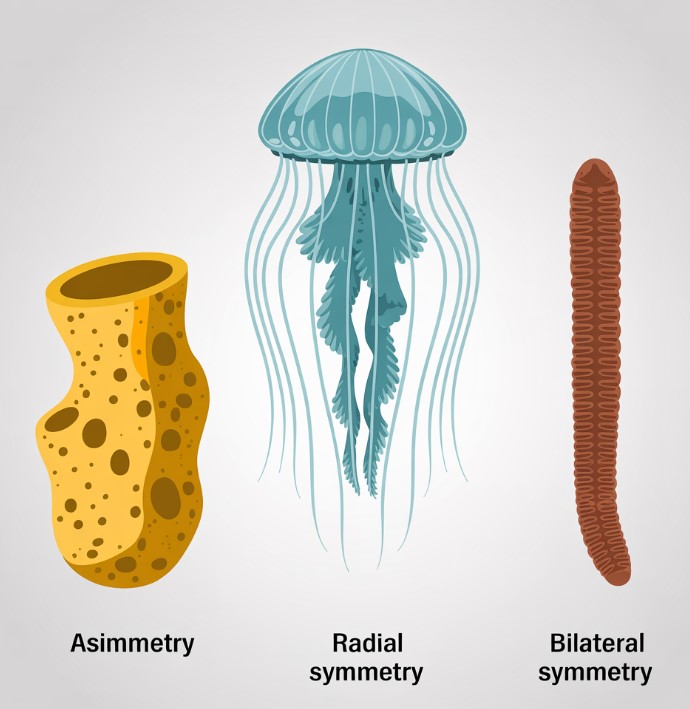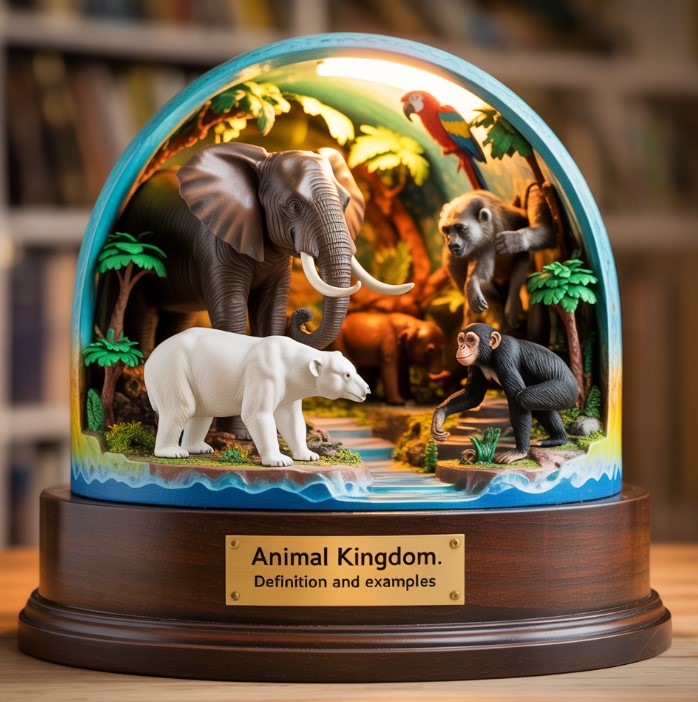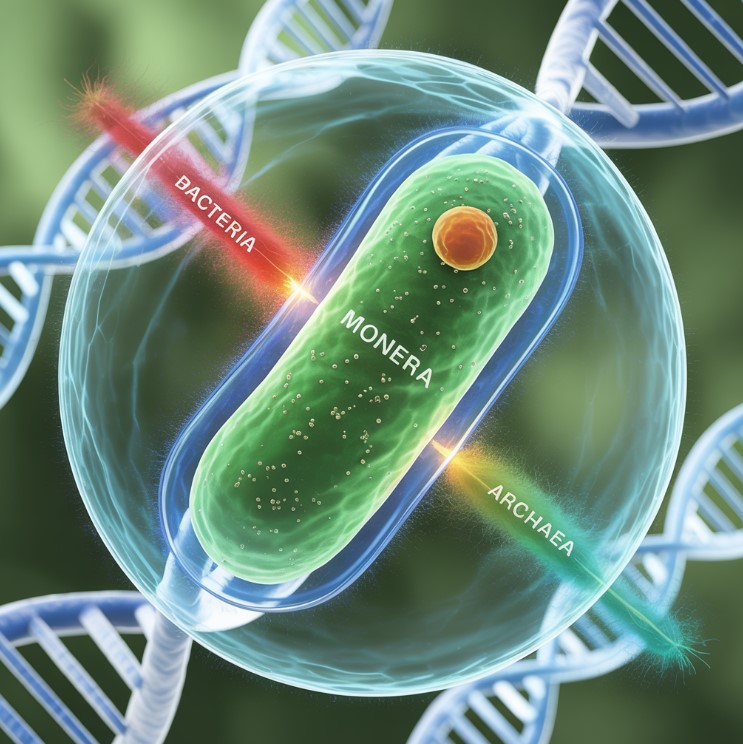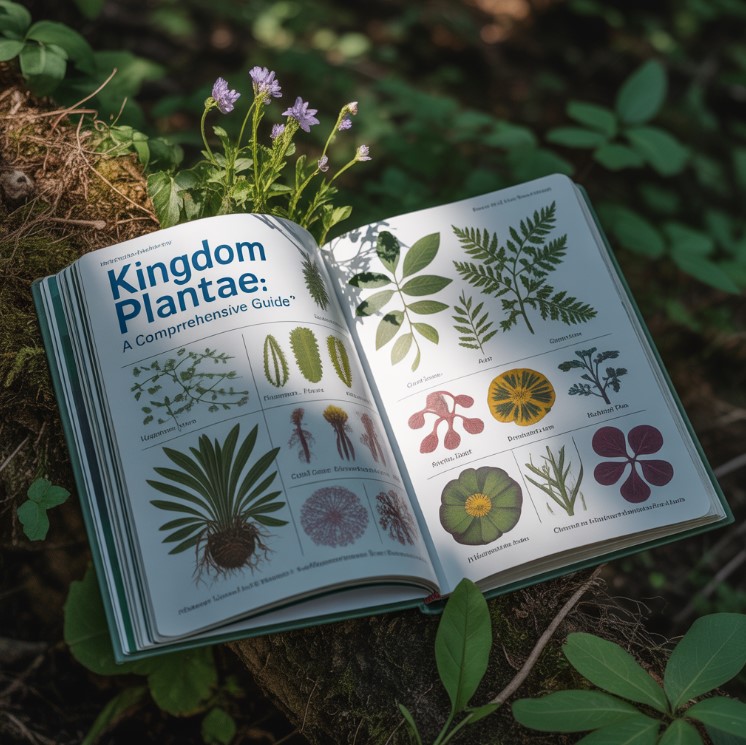Contents
This analysis of representative organisms from phyla like Porifera and Chordata illustrates the fundamental principles defining the diversity of animal life.
An Examination of Key Exemplars Across the Animal Kingdom
I believe the animal kingdom represents the most extensive of the five biological kingdoms. It is characterized by an incredible assortment of multicellular, heterotrophic organisms that possess an amazing array of diverse forms and physiological functions. This essay will systematically examine specific examples from six key phyla to demonstrate the evolutionary progression of anatomical and physiological traits. My analysis will focus on critical developments, including tissue organization, the formation of a body cavity, and the type of body symmetry. The examination proceeds from phyla with simpler body plans, like sponges and jellyfish, to those with increasing complexity, such as flatworms and earthworms. I will then explore arthropods, culminating with the phylum that includes all vertebrates, a group to which humans belong.
Phylum Porifera: The Cellular Level of Organization
I find sponges to be a perfect starting point for this exploration.
- Defining Characteristics:
- Sessile, multicellular organisms.
- Lacking true tissues or organs.
- Body is porous.
- Asymmetrical body plan.
- Exemplar Organism: Spongilla lacustris (Freshwater Sponge).
- Analysis of Example:
The freshwater sponge demonstrates a cellular grade of organization, a very simple body plan. Its specialized cells, such as the collar cells known as choanocytes, perform essential functions like creating water currents and capturing food, but these cells are not organized into collaborative tissues. The highly porous body, with its system of inflow pores called ostia and a large central outflow opening, the osculum, perfectly exemplifies a filter-feeding mechanism entirely dependent on steady water circulation. This simple structure is a direct reflection of its non-motile, or sessile, existence in an aquatic habitat. Its development lacks a defined symmetrical plane.
Phylum Cnidaria: The Advent of Tissues and Radial Symmetry
The next step in complexity introduces true tissues.
- Defining Characteristics:
- Diploblastic, having two primary germ layers.
- Exhibit radial symmetry.
- Possess a single digestive opening in a gastrovascular cavity.
- Utilize specialized stinging cells called cnidocytes.
- Exemplar Organism: Aurelia aurita (Moon Jellyfish).
- Analysis of Example:
The moon jellyfish’s body plan exhibits clear radial symmetry, an elegant adaptation for encountering food and threats from all directions as it drifts through its aquatic environment. As a diploblastic organism, it possesses a distinct ectoderm and endoderm, which represents a significant increase in organizational complexity when compared to the simpler sponges. The presence of stinging structures called nematocysts within its cnidocytes illustrates a specialized cellular adaptation for active predation and defense, a function entirely absent in the phylum Porifera.

Diagram: Illustration showing the difference between asymmetry (sponge), radial symmetry (jellyfish), and bilateral symmetry (flatworm).Phylum Platyhelminthes: Bilateral Symmetry and Triploblastic Acoelomates
Here, I will examine the critical shift to bilateralism.
- Defining Characteristics:
- Dorsoventrally flattened body shape.
- Triploblastic, with three germ layers.
- The first phylum to show bilateral symmetry.
- Acoelomate, meaning they lack a true body cavity.
- Exemplar Organism: Planaria.
- Analysis of Example:
A planarian clearly exhibits bilateral symmetry, which is strongly correlated with cephalization—the evolutionary development of a head region—and active, directional movement. Its triploblastic nature, incorporating a mesoderm layer between the ectoderm and endoderm, allows for the development of true organs and integrated organ systems like a simple nervous system and an excretory system. The acoelomate condition, where the region between the gut and the outer body wall is completely filled with mesodermal tissue called parenchyma, defines its simple but highly organized internal structure.
Phylum Annelida: The Segmented Coelomate Body Plan
Segmentation represents a major evolutionary innovation.
- Defining Characteristics:
- Segmented body, a condition known as metamerism.
- Possess a true coelom (coelomate).
- Features a closed circulatory system.
- Bilaterally symmetrical organisms.
- Exemplar Organism: Lumbricus terrestris (Earthworm).
- Analysis of Example:
The earthworm’s body is a clear and excellent example of metamerism, where the repetition of similar body segments allows for functional specialization and highly efficient locomotion through soil. The presence of a true coelom, a fluid-filled cavity within the mesoderm, provides a hydrostatic skeleton and importantly allows for the independent movement of the body wall and the internal organs. Its advanced closed circulatory system is a much more efficient mechanism for transporting vital oxygen and nutrients compared to the open systems found in less complex animal phyla.
Phylum Arthropoda: The Apex of Invertebrate Success
I consider this phylum the most successful group of animals on Earth.
- Defining Characteristics:
- A hard, chitinous exoskeleton.
- Presence of jointed appendages.
- A segmented body showing tagmatization.
- An open circulatory system.
- Exemplar Organism: Formica rufa (Red Wood Ant).
- Analysis of Example:
The ant’s external skeleton provides robust structural support, protection from predators, and a solid point of attachment for muscles, which facilitates its complex and rapid movements. Its jointed appendages are highly specialized into structures like antennae for sensing, complex mouthparts for processing food, and legs for walking, demonstrating incredible functional diversification. Tagmatization, the fusion of segments into functional body regions such as the head, thorax, and abdomen, represents a highly evolved form of segmentation that allows for specialized tasks.
Phylum Chordata: The Emergence of the Notochord
This phylum includes humans and all other vertebrates.
- Defining Characteristics:
- Possess a notochord at some stage of development.
- A dorsal hollow nerve cord.
- Pharyngeal slits.
- A post-anal tail.
- Exhibit bilateral symmetry.
- Exemplar Organism: Danio rerio (Zebrafish), a member of subphylum Vertebrata.
- Analysis of Example:
In the embryonic zebrafish, the flexible notochord provides the primary axial support for the body; it is later surrounded and largely replaced by the bony vertebral column in the adult fish. The dorsal hollow nerve cord, a key feature of this group, develops into a complex central nervous system composed of the brain and spinal cord. Its organ-system level of organization, a closed circulatory system with a two-chambered heart, and complex sensory organs exemplify the advanced characteristics of this successful phylum.
Comparative Analysis of Animal Phyla
To summarize the key differences I have discussed, the following table provides a clear comparison.
| Phylum | Exemplar | Symmetry | Germ Layers | Body Cavity | Key Evolutionary Trait |
|---|---|---|---|---|---|
| Porifera | Freshwater Sponge | Asymmetrical | None | Acoelomate | Cellular-level organization |
| Cnidaria | Moon Jellyfish | Radial | Diploblastic | Acoelomate | True tissues, specialized stinging cells |
| Platyhelminthes | Planaria | Bilateral | Triploblastic | Acoelomate | Cephalization, organ development |
| Annelida | Earthworm | Bilateral | Triploblastic | Coelomate | True coelom, metameric segmentation |
| Arthropoda | Red Wood Ant | Bilateral | Triploblastic | Coelomate | Exoskeleton, jointed appendages, tagmatization |
| Chordata | Zebrafish | Bilateral | Triploblastic | Coelomate | Notochord, dorsal hollow nerve cord |
Frequently Asked Questions (FAQ)
Here are some common questions that arise from this topic.
1. What is the main advantage of bilateral symmetry over radial symmetry?
Bilateral symmetry is correlated with cephalization and directional movement. This body plan allows for the concentration of sensory organs at the anterior (head) end, enabling an organism to purposefully move through its environment and respond to stimuli more effectively than a radially symmetric animal.
2. Why is having a true coelom considered an important evolutionary step?
The development of a true coelom, or fluid-filled body cavity, was a major advance. It provides space for organs to develop and function, acts as a hydrostatic skeleton for support and movement, and allows the internal organs to move independently of the body wall, increasing physiological efficiency.
3. What does it mean for an organism to be “triploblastic”?
A triploblastic organism develops from three primary germ layers during embryogenesis: the ectoderm (outer layer), the mesoderm (middle layer), and the endoderm (inner layer). The presence of the mesoderm is crucial as it gives rise to muscles, bones, the circulatory system, and most other organs between the gut and the outer body wall.
Conclusion
In my analysis, the progression from the simple, cellular-level organization of a sponge to the complex, segmented, and neurologically advanced body plan of a chordate clearly illustrates the major evolutionary trends within the animal kingdom. The examined examples—the Freshwater Sponge, the Moon Jellyfish, a Planaria, the Earthworm, the Red Wood Ant, and the Zebrafish—serve as effective and concrete models for understanding these fundamental shifts in body design. A study of specific exemplars provides a solid framework for comprehending the abstract principles of animal classification. I believe this method reveals the immense, yet orderly, diversity of life within this fascinating biological kingdom.




